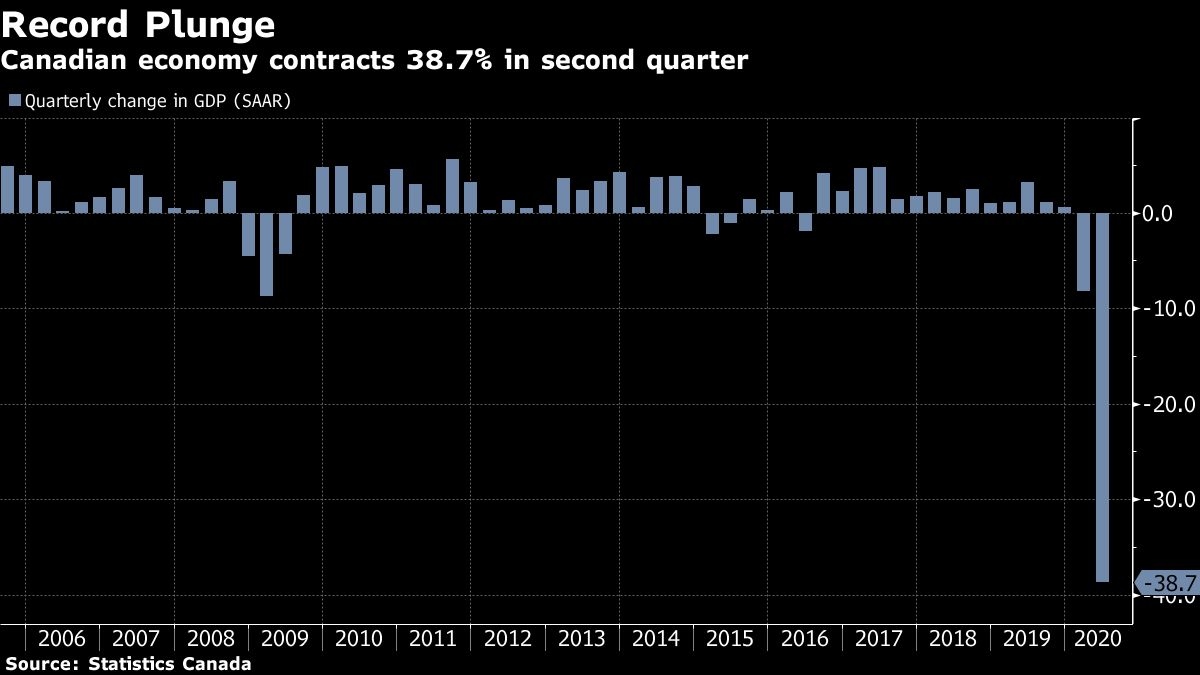Splurging for COVID Rescue
Splurging for COVID Rescue
"It raises a very serious question about whether we overdid it.""It's one thing to help people bridge the pandemic because they lost income. But it's another thing to actually make them richer.""In terms of lost income, the appropriate thing is probably to be flat. But certainly not increasing [family income as a pandemic boost]."Jack Mintz, economist, University of Calgary School of Public Policy"Canada was more generous than most other countries in providing quick stimulus.""As the economy improves, ideally, we want to gradually make unemployment benefits less available and less tempting, and build in more incentive to accept to work."Avery Shenfeld, chief economist, CIBC"The fact that $30 billion more went out than was lost raises questions.""Could that money have been used on other aspects of the economic recovery where we might have got greater bang for our buck?"The amount of money we have to spend is finite [as a government, out of the public treasury] and some policies contribute more to economic growth.""When the health aspects are under control, I think we'll see significant economic growth because of pent-up demand."Trevin Stratton, chief economist, Canadian Chamber of Commerce

The
OECD released new numbers this week indicating that while Canada's GDP
fell by ten percent in the second quarter of the year, household income
miraculously grew by 11 percent. It's a different outcome entirely in
most other countries, where Germany, France, U.K., and Italy saw
household income fall. The difference lies in Canadian households having
received greater financial support from government ($56 billion-worth) than was lost in wages and salaries ($23 billion) in the second quarter of 2020, the year of COVID.
Some
low-income earners who had lost employment received support payments
exceeding their pre-pandemic income levels and not all that money has
been invested back into the economy. According to the Bank of Canada's
latest monetary policy report, overall savings rate has "significantly"
increased. The details become clearer looking at the latest fiscal
monitor from the International Monetary Fund, showing Canada with a
budget deficit accounting for a fifth of its economy ($350 billion by 2021), representing the largest in the G20.
During
the height of the global pandemic in Canada, federal spending on
financial supports for Canadian business and taxpayers hugely outpaced
what other developed countries saw fit to offer -- to the extent that
household incomes saw a rise even as the national economy was in
freefall. While incomes in other developed nations including the U.K.,
France and Germany decreased, Canada's household incomes increased by 11
percent even as the Canadian economy saw over 10 percent contraction in
the same period coinciding with strict lockdowns.
Economists
muse over what level of fiscal response would have been required to
cushion the public in Canada against economic fallout, in the face of
the immense scale of the Liberal government's emergency aid spending.
The International Monetary Fund had projected Canada's deficit as a
percentage of GDP would represent the single largest of any country in
2021, at 19.9 percent. In comparison, the U.S. figure is 18.7 percent,
the U.K. 15.4 percent, both expecting to run the next-largest
shortfalls.
There
is wide agreement between experts that a reasonable level of fiscal
support was required, to ensure businesses were kept afloat, and to
replace lost income for people facing unemployment, all thanks to the
novel coronavirus. Yet economists are in agreement that the federal
support programs could have been trimmed back, in an effort to
incentivize people not to avoid overspending, and to be willing to get
back into the workforce.
A
number of emergency programs had been introduced by the government
early in the pandemic, measures that saw wide support by businesses and
the general public, when the Canada Emergency Response Benefit (CERB) gave the unemployed $2,000 monthly, even as the Canada Emergency Wage Subsidy (CEWS)
paid up to 75 percent of employee wages for businesses to keep people
employed. Both programs in combination have a price tag of over $150
billion to the end of December.
The
United States, according to the OECD report, posted a rise in household
incomes in the second quarter at ten percent, due largely to the
emergency CARES Act passed in April. The increase, according to the
OECD, is likely to be "temporary". Ireland is among other countries
posting higher incomes, at 3.6 percent, Australia at 2.7 percent and
Finland at 1.1 percent, with Italy seeing a 7 percent drop, and
household incomes in the U.K. dropping 3.5 percent.
 |
| Signs against a COVID-19 lockdown placed along Danforth Avenue in Toronto during the pandemic, Friday November 13, 2020 |
Labels: Business Stimulus, Canada, Canadian Unemployed, COVID Financial Supports, IMF, Imprudent Generosity, OECD

<< Home